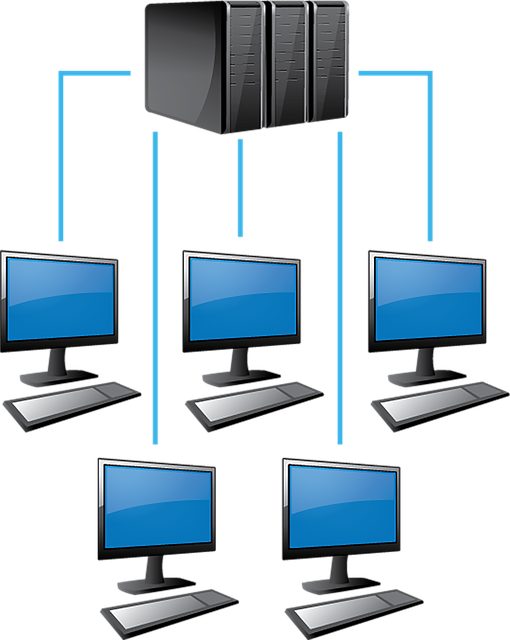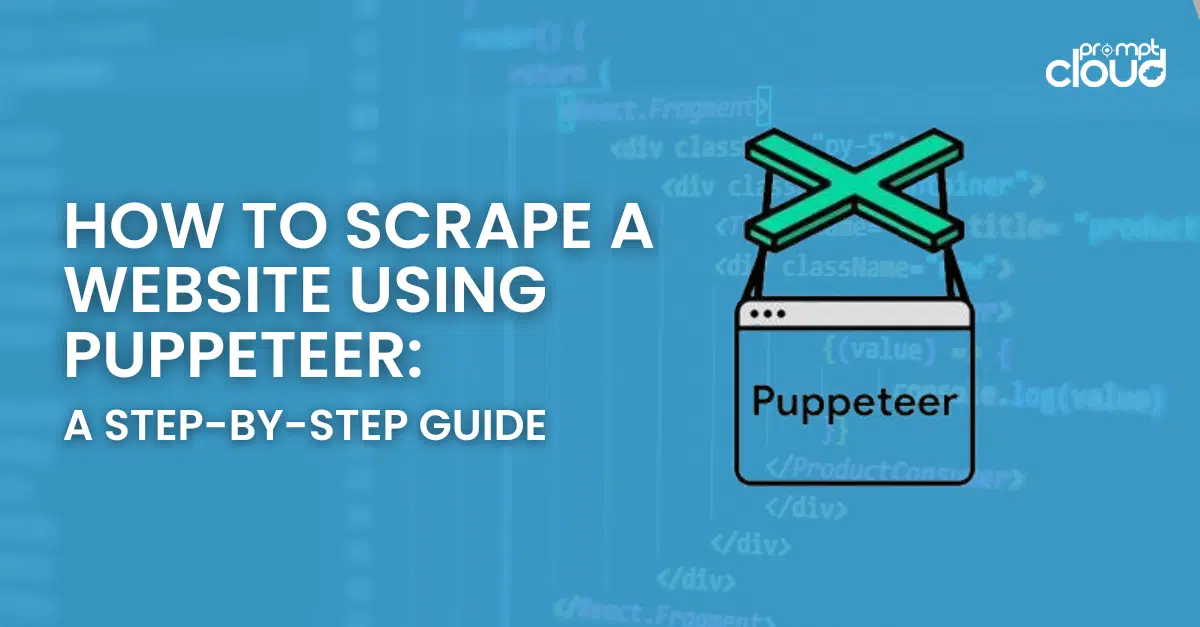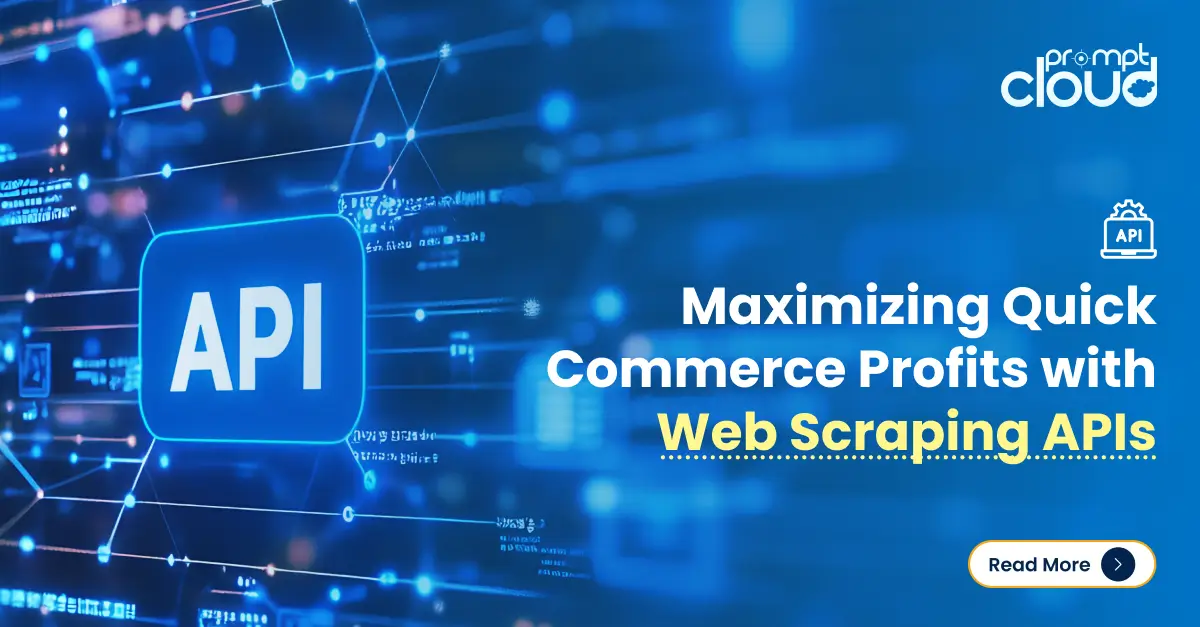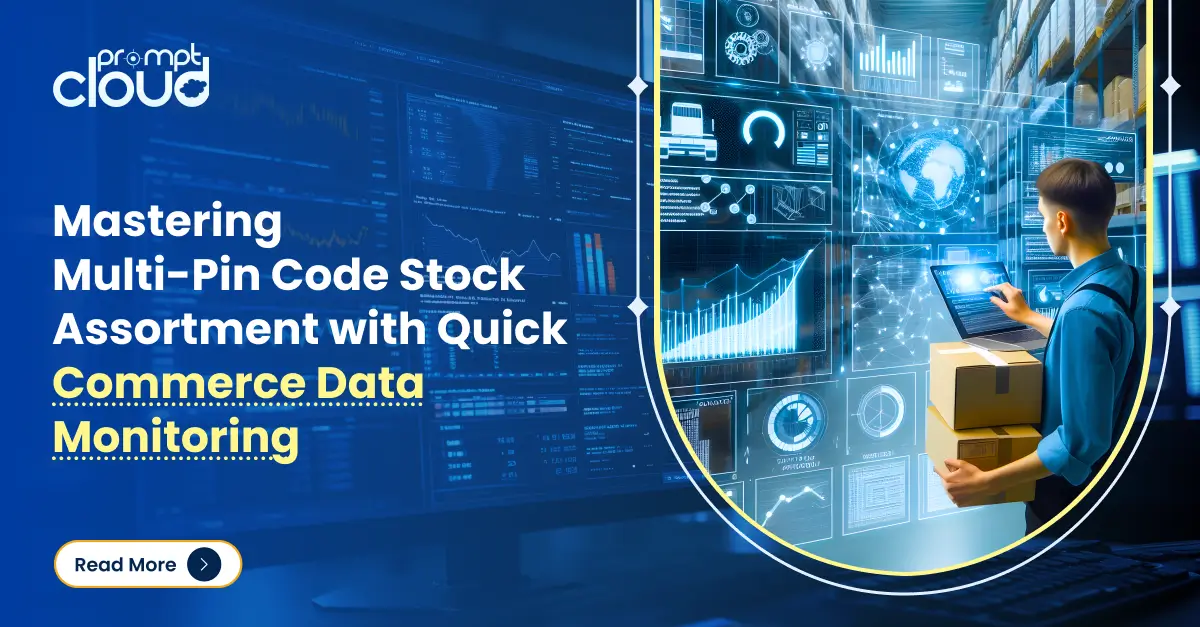Sources for Data Crawling, business is unfathomable without data. Any business needs processed and refined data in quick time to aid in their decision making and letting them be ahead of their rivals in their line of business. Interestingly, the sources from where a business may get the data or intelligence has now become a totally wide field, thanks to the advent of smartphones, big data, cloud computing, and mobility.
The way technology has progressed by leaps and bounds in the last few years has shot up the average volume of data collected, processed and used by even smaller sized businesses globally. With these technological advancements, there are now scores of sources that can be crawled by a web crawling software.
Reasons for massive proliferation of data crawling
With Sources for Data Crawling, gathering targeted and relevant data becomes more business- friendly. Hence enterprises across the globe are opting for smart technologies that crawl websites and extract information. This information when assessed on an aggregate level, helps a business uncover vital insights that may help them tailor their offerings as per their users’ needs or fine- tune their marketing programs to suit the wishes and needs of their target audience.
The data collected might be in form of structured or unstructured formats. Unstructured data is tricky to collect, but provides amazing perspectives on what the market wants or how your brand is faring post launch. For both structured or unstructured data, there may be diverse sources from where data may be collected. Some examples of sources of data includes
Internet –
The free availability of data on this public domain has triggered a data explosion like never witnessed before. Data from various sources like public reviews and social media are amplifying the common man’s perception – a valuable (and free) way of knowing how your brand is faring and what needs remain unfulfilled for your target market. Rather than second guessing the needs of the market, this source gives an accurate picture and thus helps you engage better with customers with products/ services aligned specifically to meet their needs.
Trade journals –
A lot of focused data is published periodically in trade journals. These are a goldmine of secondary research and provides trends and news on a particular industry. For instance RetailWire is a popular magazine followed by retailers and data analytics companies to understand what is happening on the consumer retail landscape. So if a retailer wants to know how to implement a paid-tier program as part of a larger customer engagement strategy then he can refer to this article from RetailWire, when he crawls the web for data.
Industry reports –
These reports contain valuable data in public domain on financial performance and product and solutions present in the market for a particular industry. When web crawlers crawl the industry reports they can help uncover patterns and trends from the huge mounds of data. This can then be analyzed for better insights on future strategies for growth.
Social media –
The huge impetus provided by free flowing thoughts, opinions, views, and feedback by social media users lets a brand know on their performance. For instance, a furniture retail e-commerce store based in Bangalore was seeing a lot of issues with unfulfilled orders being posted on their Facebook page. This is a ready indication that their phone/ mail support is not functioning to the expected level, and hence customers were venting their ire on social media. Some other sites to crawl source websites include E-commerce sites and News sources.
Points to take care of when selecting a data scraping source
As we have seen above, there are multiple sources from where data can be extracted for analysis purposes. However, there are chances that not every source will provide you with the kind of information you really require. Also it will be a huge overhead to target all the different sources to tap into patterns, perceptions and trends from them. Moreover the crawling outcomes will take a long time to materialize if you spread yourself thin to do Sources for Data Crawling on all the possible sources of data extraction. Hence, you need to make a smart choice and narrow down the list of possible sources from where you can execute Web crawling.
Here’s what you need to consider when identifying which sources of data will click for you –
Relevance –
News articles and sites of news agencies refresh their information feed very rapidly. The crawling service needs to factor in the fast data churn and time their data extraction and subsequent analysis in such a way that by the time the outcomes are present to stakeholders, the targeted news remains relevant.
If for instance, the crawling software crawls data for news on iPhone 4s, nobody would be interested in insights gleaned from such sources. Instead the stakeholders will be interested to know more about what is happening around the latest iPhone models (iPhone 6 and iPhone 6s). Such relevance becomes all the more critical as data continue to explode and grow at an exponential rate with the advent of mobility, smartphones, higher bandwidth, social media, and big data.
Cost efficacy –
The entire exercise of data crawling and scraping information from websites happens on a pre-agreed budget. Some sources of data extraction like highly niche trade journals are extremely expensive to access. It may even throw off track the sustainability and viability of the data crawling project. After discussing with your client, it will be highly recommended to disregard these expensive data sources, which may not affect the aggregate results of the data analysis very significantly.
Crawling barriers –
Some sites are very strict on not allowing any crawler to extract any information from their sites. The crawling software needs to see how they can access the site, without infringing upon their privacy or violating terms and conditions. Also business users must make a clear- cut definition of what information needs to be scraped. They must also assure the target sites that the data will never be used directly or in a non-aggregated format.
Lastly, we would also recommend thinking about the ‘larger picture’ i.e. once you have extracted the data, how much effort it would take to transform data so that it can be fed into the business intelligence / big data analytics software. Working in silos would mean that the data extraction team will not know the specific needs of the next stage – i.e. the analytics team.
If the data extraction team considers the requirement of the analytics team, it can benefit vastly. The biggest advantage to be had will be in the form of accelerated value to the entire process of extracting insight from disparate sources for management decision making. Keeping these little pointers in mind will ensure that the overall insight extraction process from diverse sources of big data yields big results for the key stakeholders in the organization.
To sign off
To conclude, factoring in these pointers when determining the sources to crawl data from will be an added advantage to glean better quality insights in quicker time. Rather than working in isolation it will be best if the Sources for Data Crawlingteam factors in the ‘big picture’ and crawls only that part of the data in a particular format, that is bound to fulfill its objectives quicker and with lesser efforts. In case you too need to know the pulse of the market in general, and your target audience in particular, then expert assistance is accessible to you.
At Promptcloud, we specialize in high quality, meaningful, and focused Web crawling. The refined web crawling service shuts out the noise from big data and brings to the fore, superior data and trends that can help you in growing your business. Connect with us today and benefit from knowing what the world is saying about your brand.





















